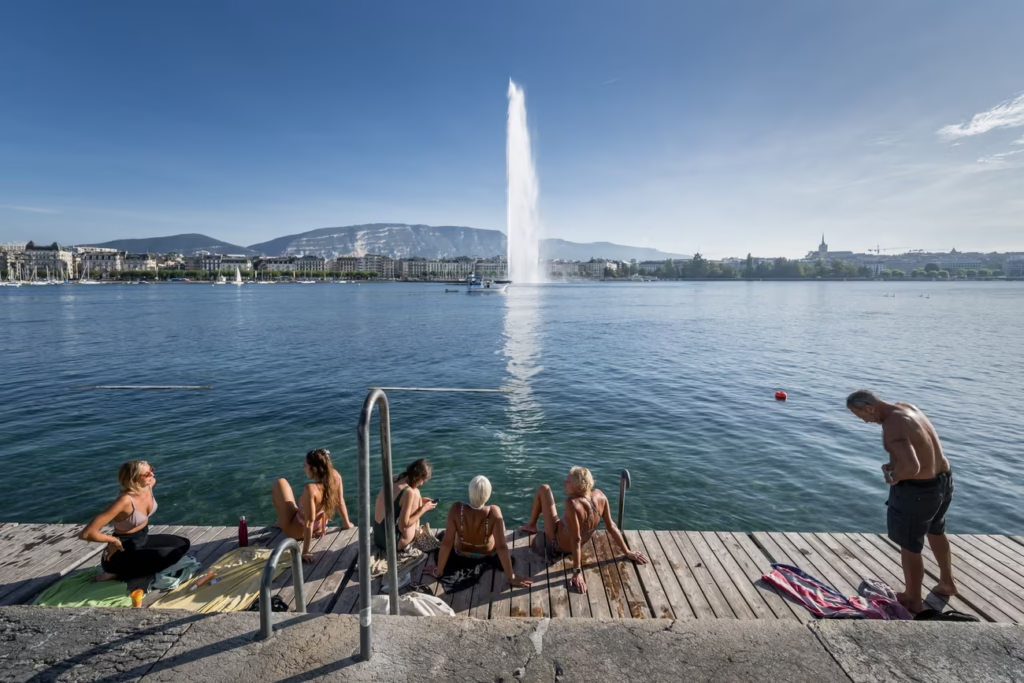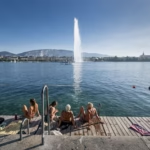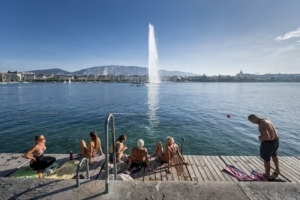In the 1960s, the Swiss had some of the dirtiest water in Europe. Now, their cities boast pristine rivers and lakes – and other countries are looking to follow their lead
In the first days of spring, people flock to Lake Geneva’s broad, tree-lined promenade, their faces tilted towards the sun. Dior, Cartier and Rolex are among the high-end shopfronts overlooking the water. René Rottenberg, 75, has just finished his 400m swim through this upmarket urban jungle – a ritual he repeats up to five times a week, even in midwinter.
For the retired gynaecologist, being able to swim in the crystal-clear water is the greatest luxury. “It’s just so fun,” he says. “The place is beautiful.”
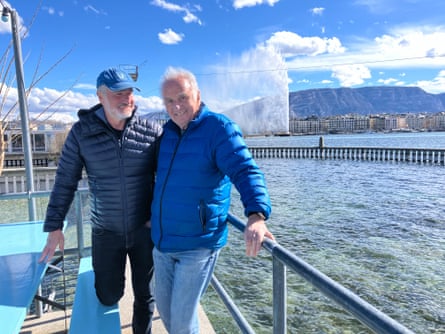
Rottenberg is a member of Les Givrés swimming club, which launches off a jetty, beach and swimming area in the centre of the city. A toddler playing on the artificial beach checks his mum isn’t watching before lobbing a pebble at a swan.
Dentists, secretaries, judges, teachers and retirees all brave the 8C (46.4F) water during their lunch break, emerging red and blotchy with cold. “You find everyone here,” says Rottenberg. They have lunch together afterwards, before being swallowed back into the city.
The sight of people launching themselves into an inner-city waterway would be unthinkable in most cities in Europe, the US and many other parts of the world. Three-quarters of Britain’s rivers are in poor ecological health, according to data collected by thousands of citizen scientists in 2024, with experts describing the findings as “truly disturbing”.
Pollution from water companies and agricultural runoff are driving the contamination, which affects all parts of the country, causing toxic algal blooms, mass die-offs of fish, and risks to human health.
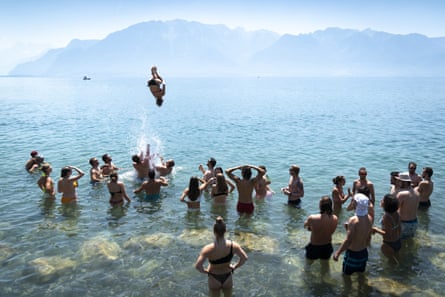
Yet across Switzerland, such swimming scenes are normal. This hasn’t always been the case. In the 1960s, Switzerland had among the dirtiest water in Europe, blighted by mats of algae, mountains o

